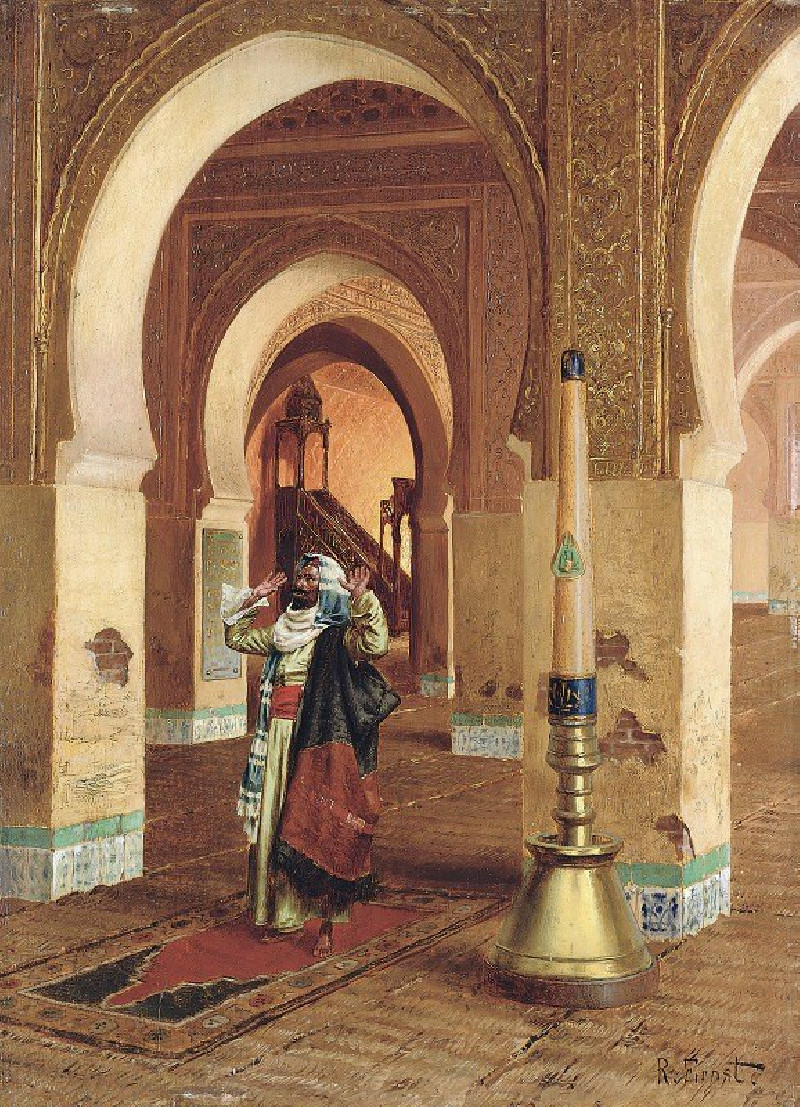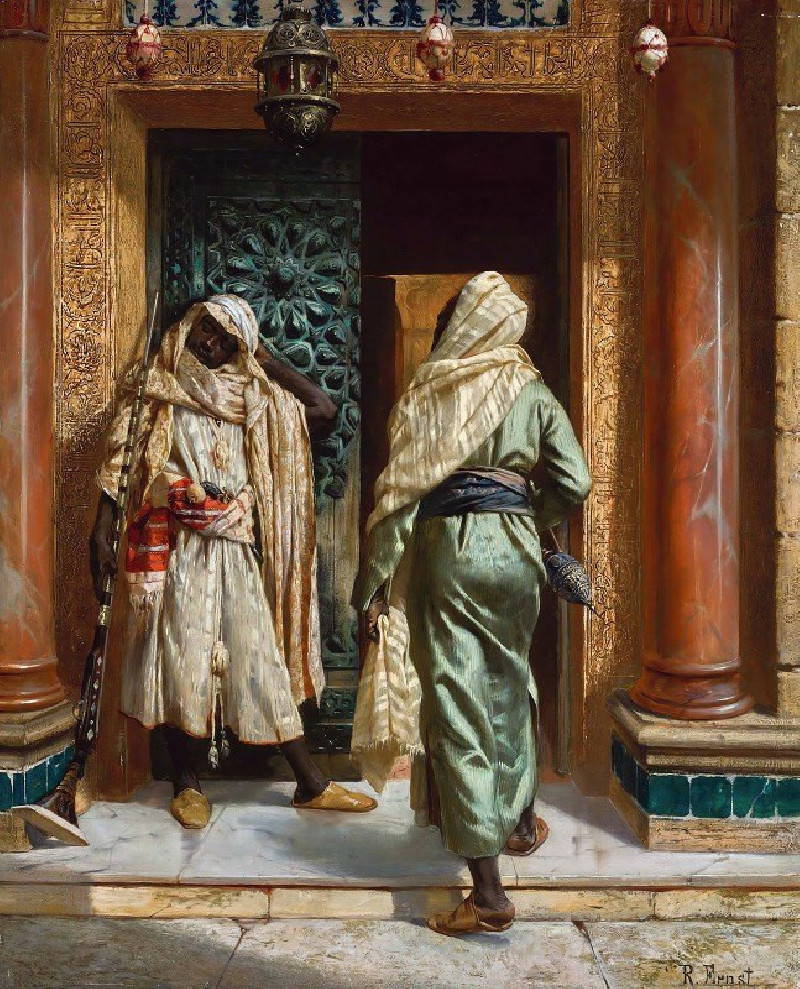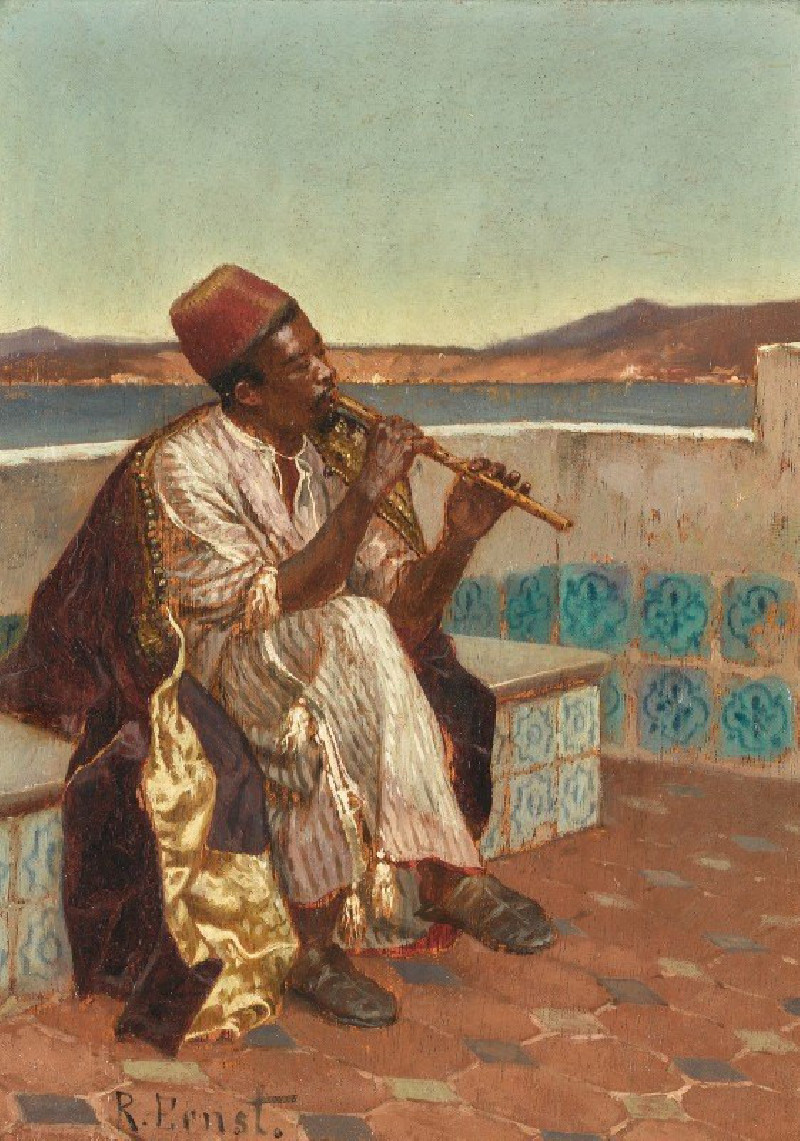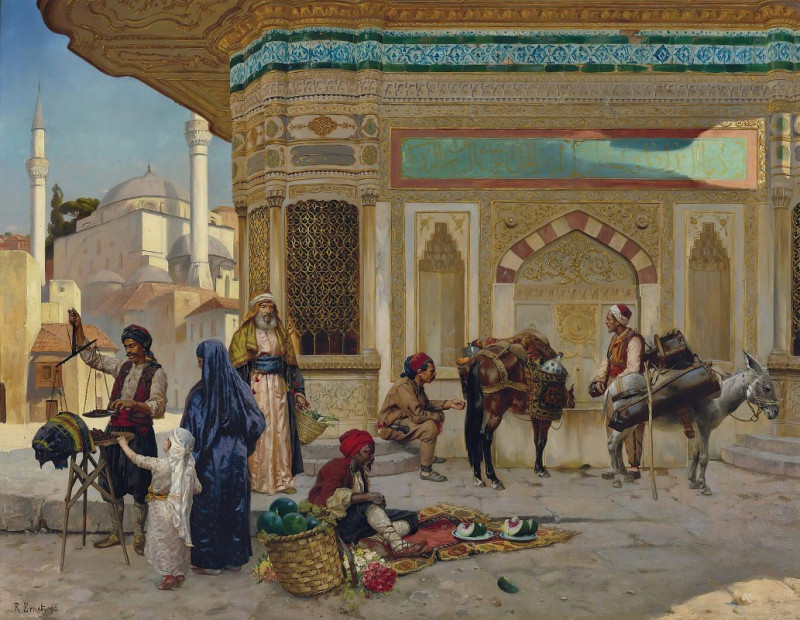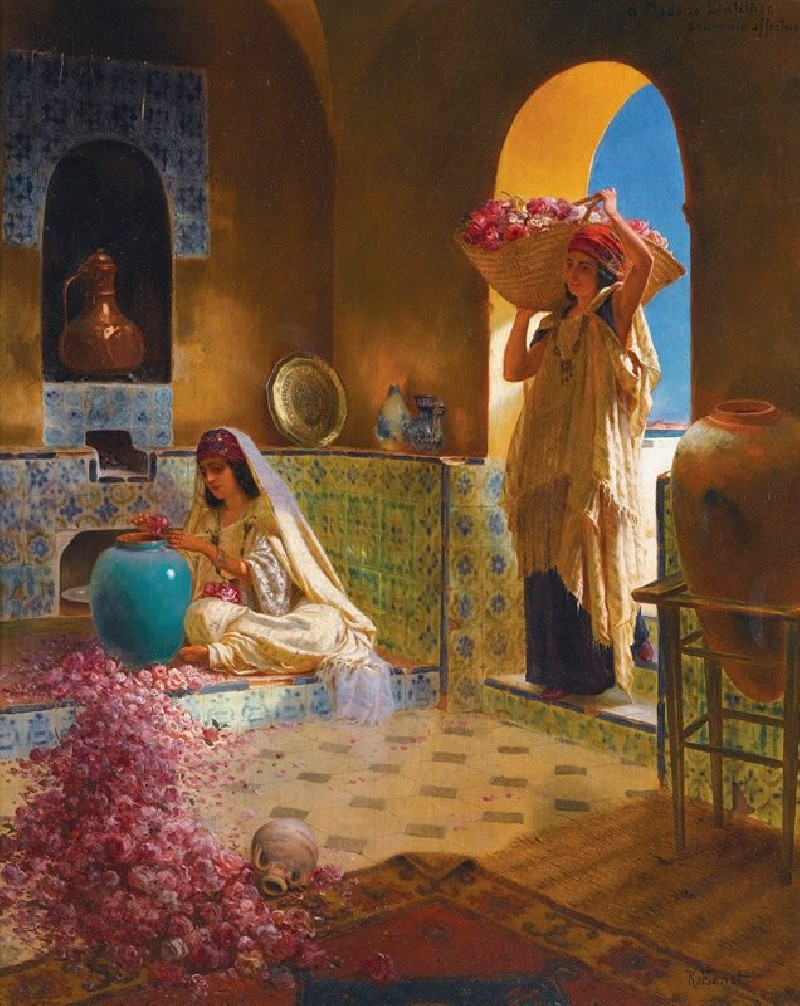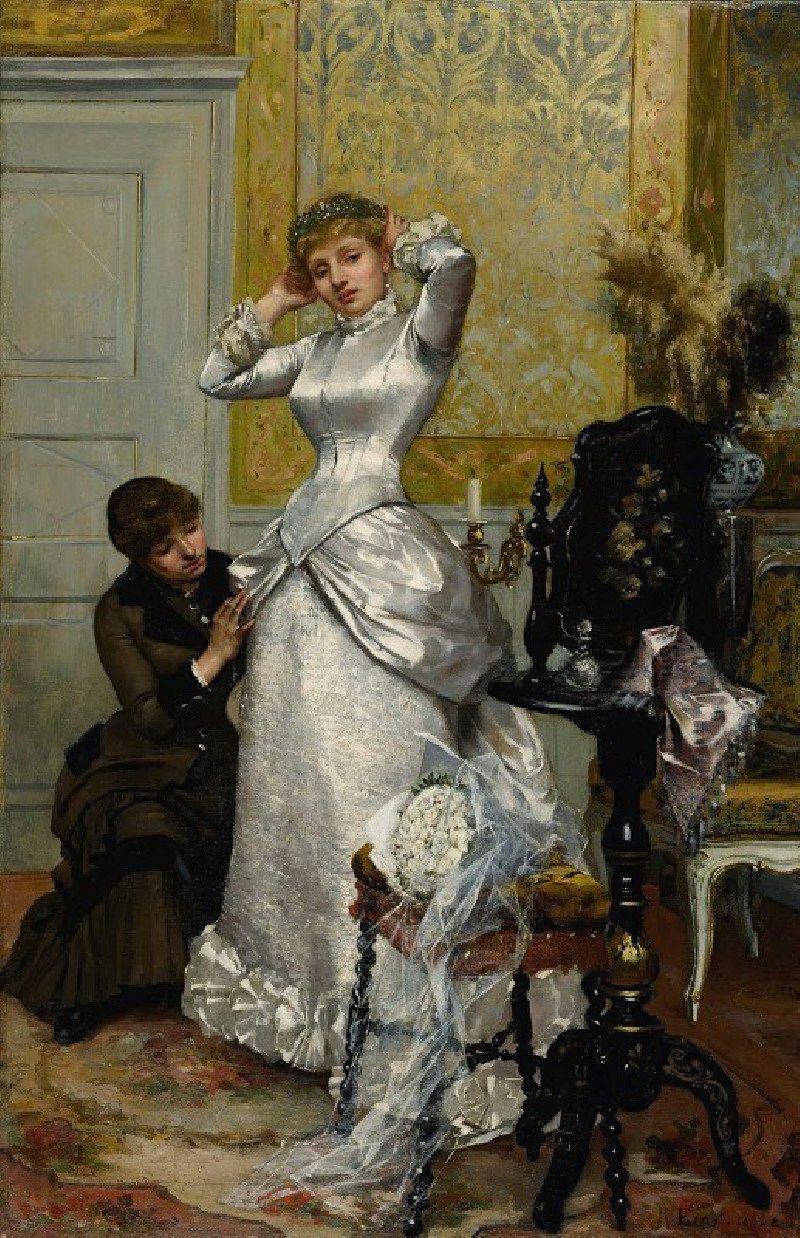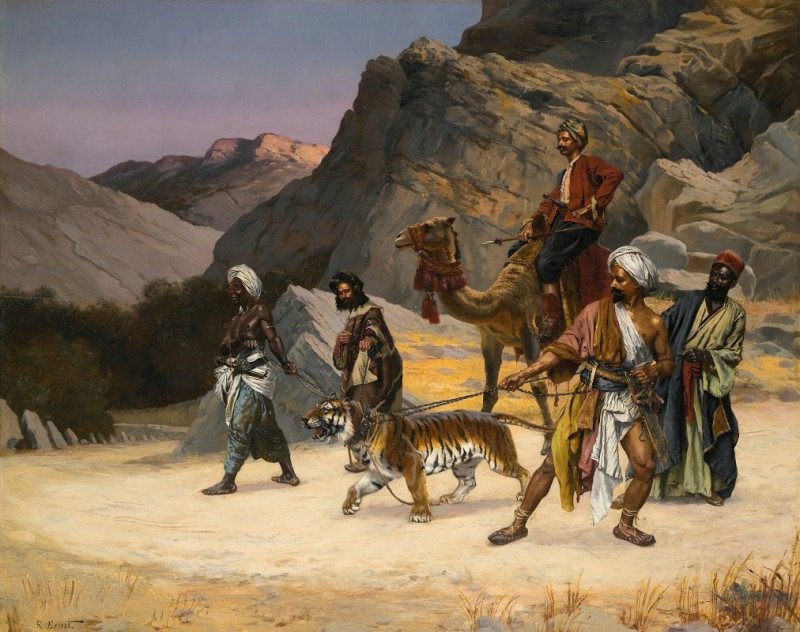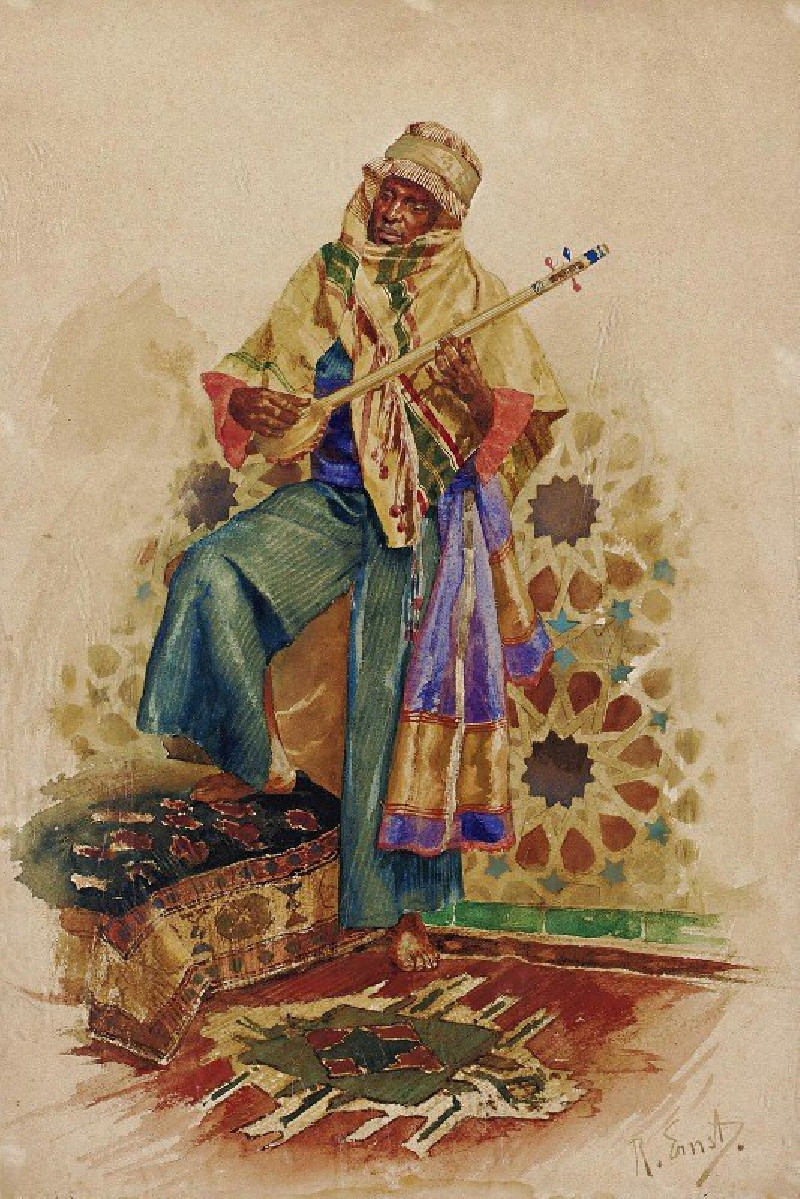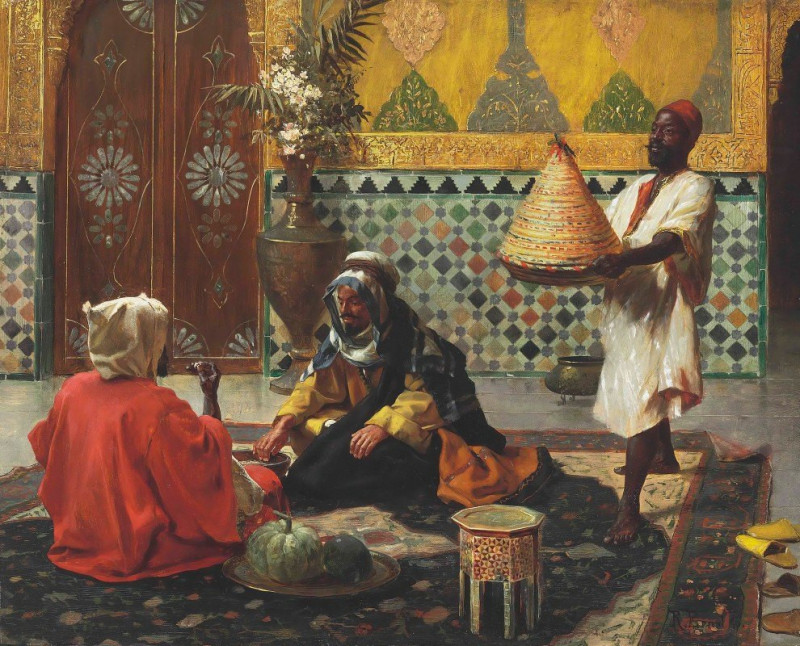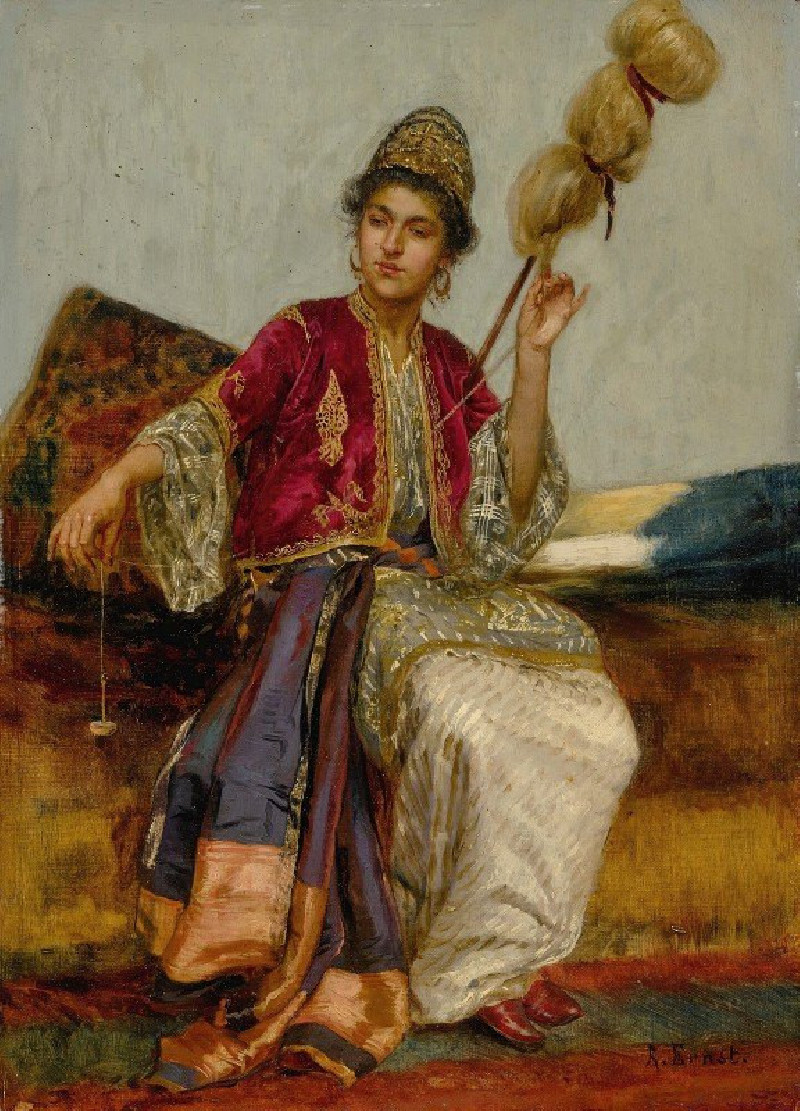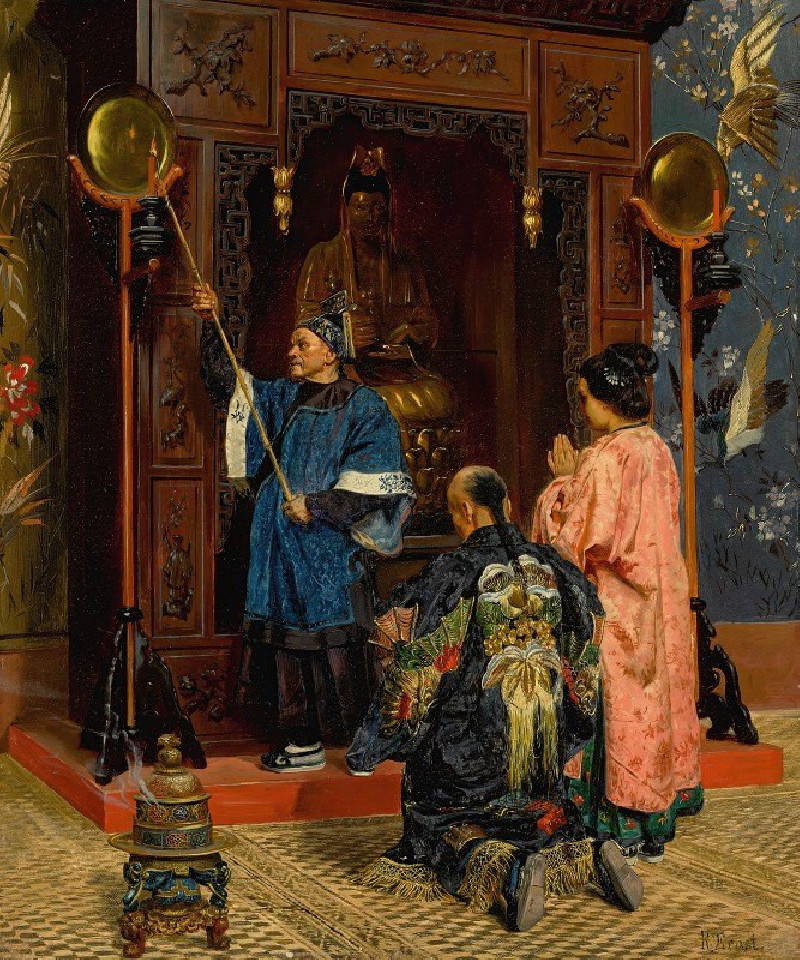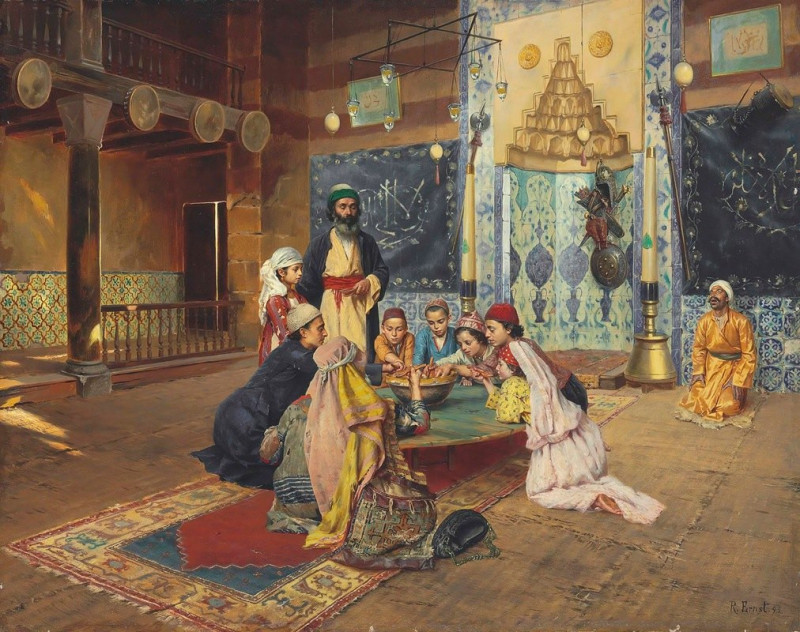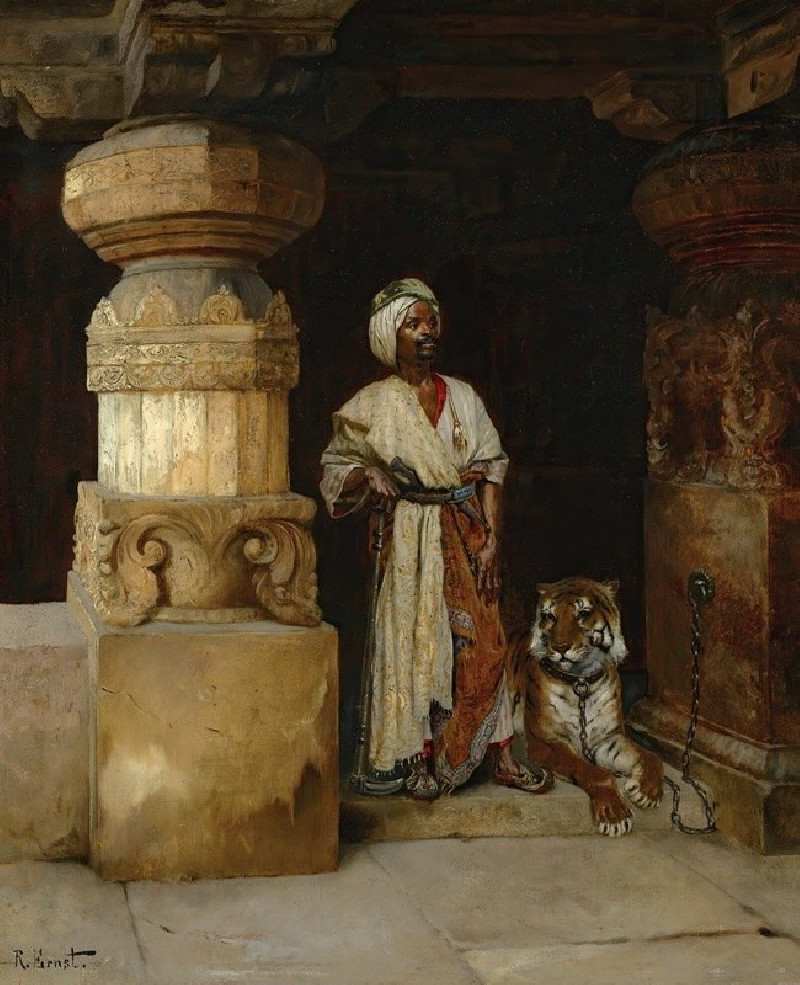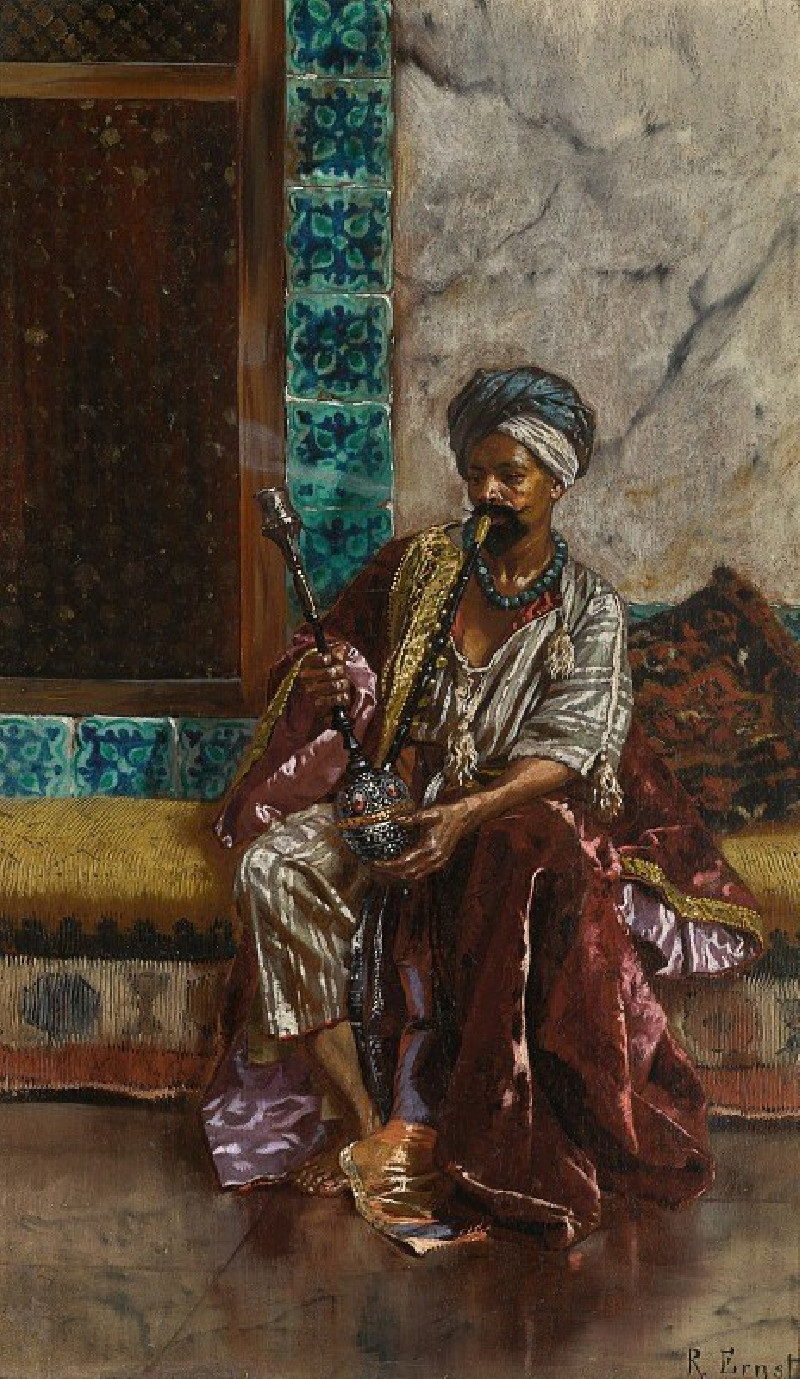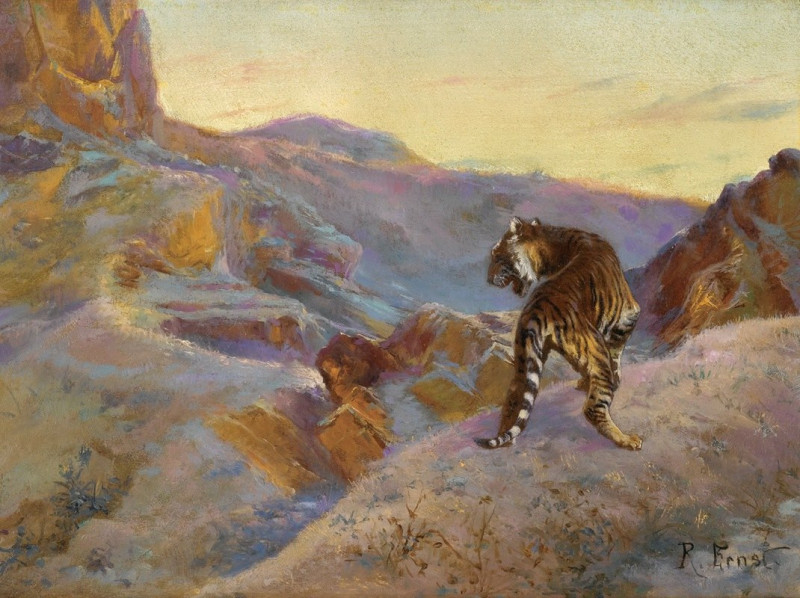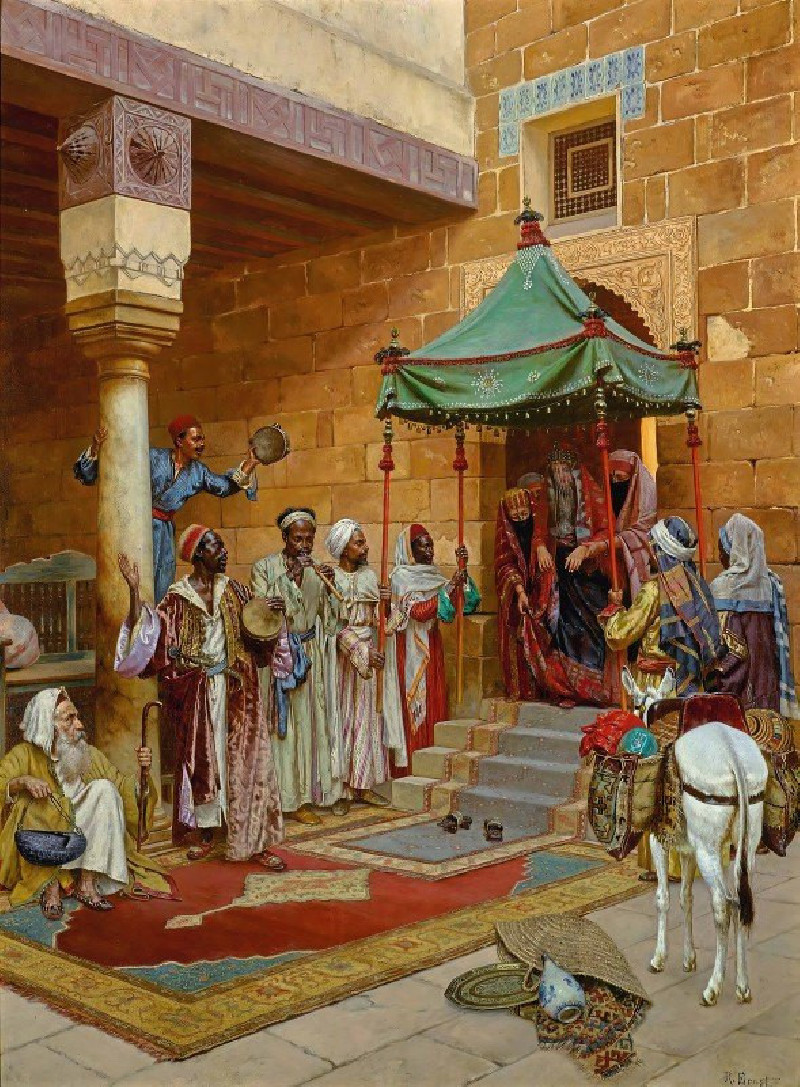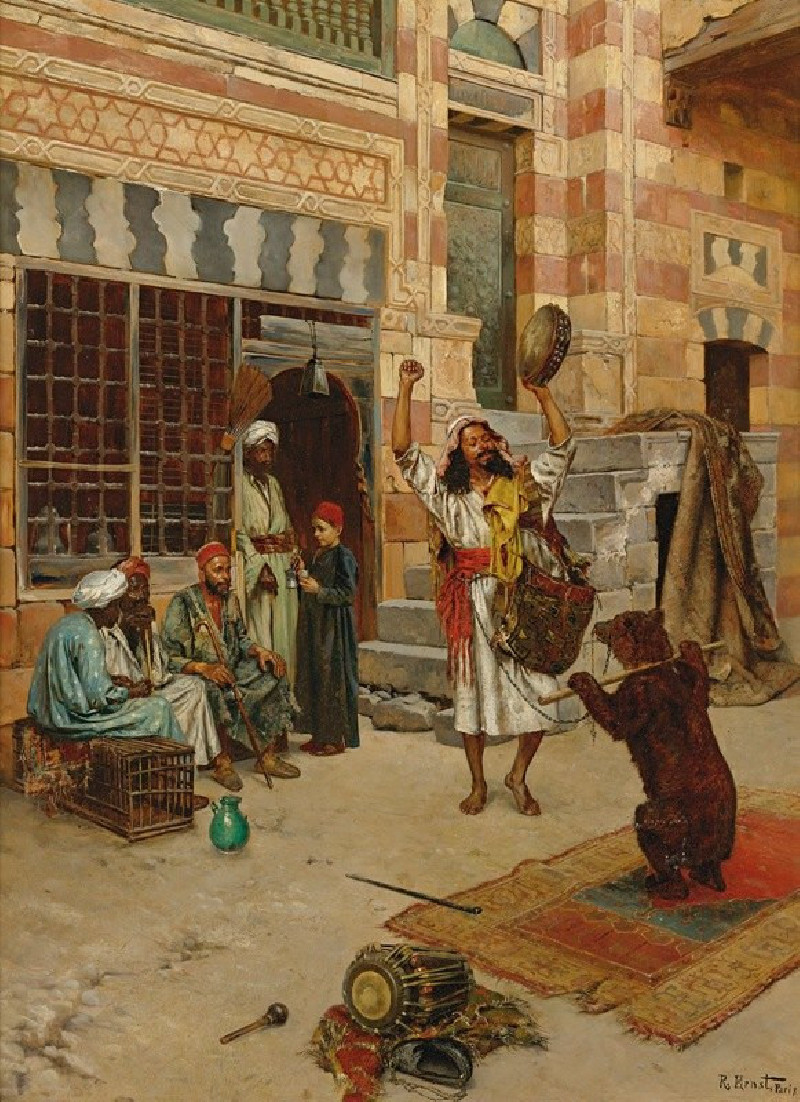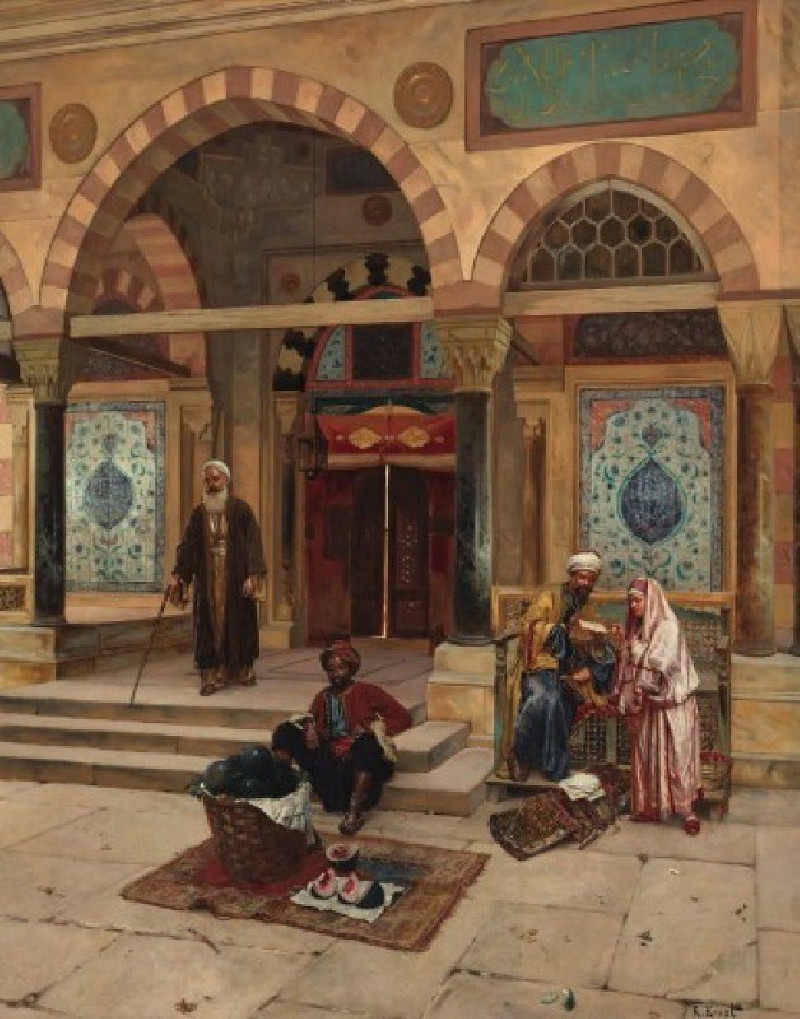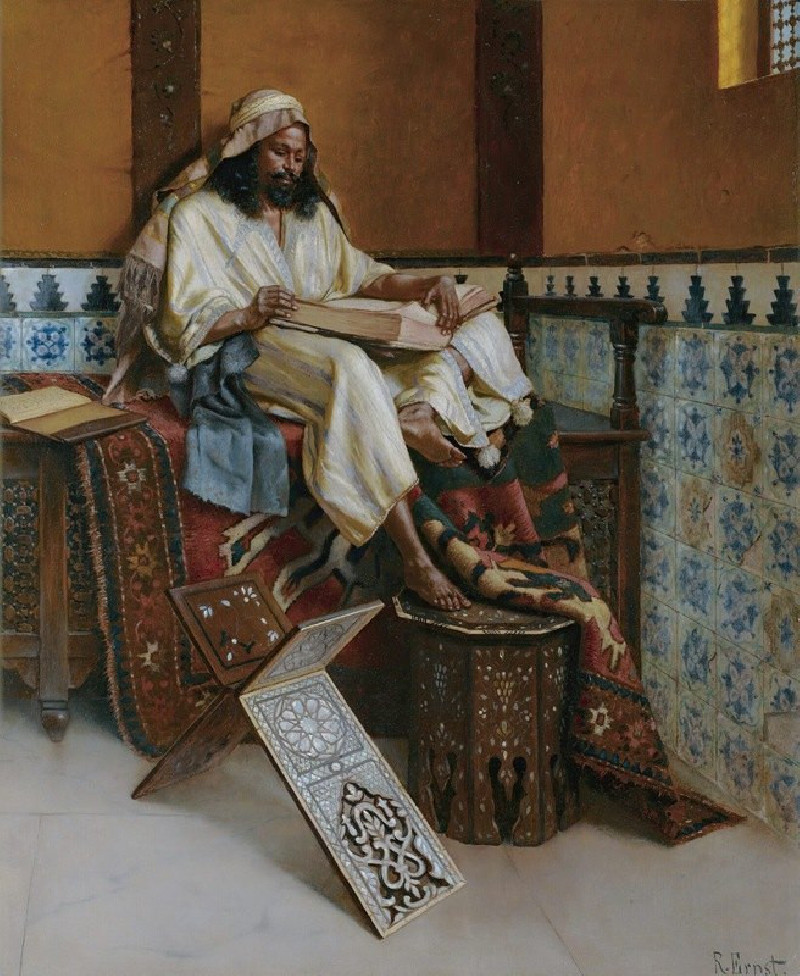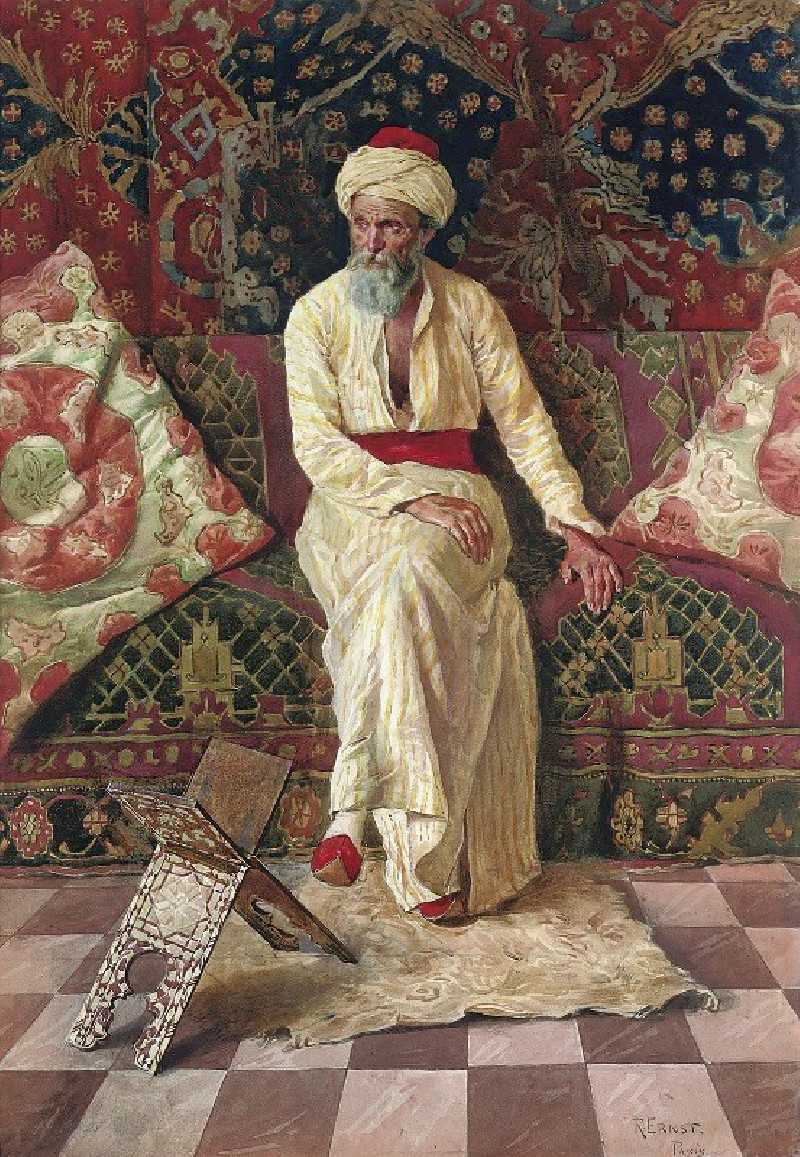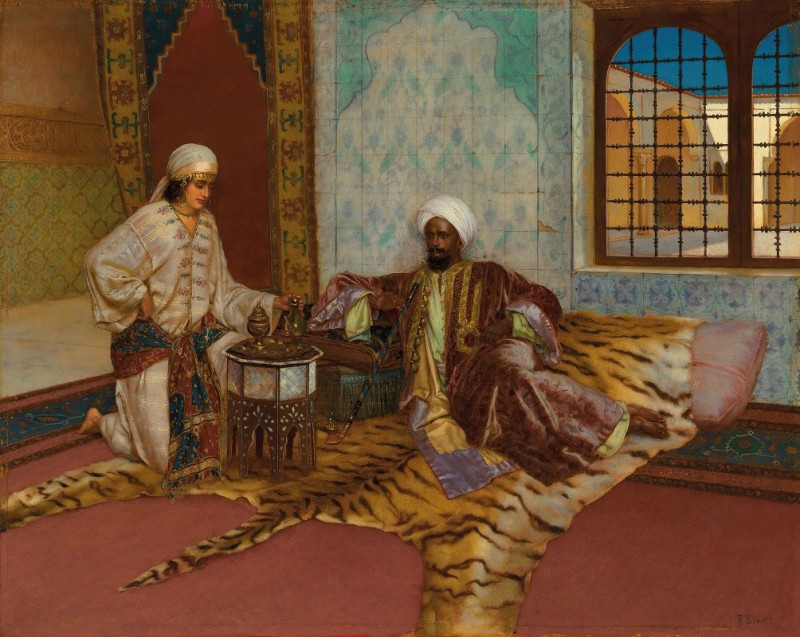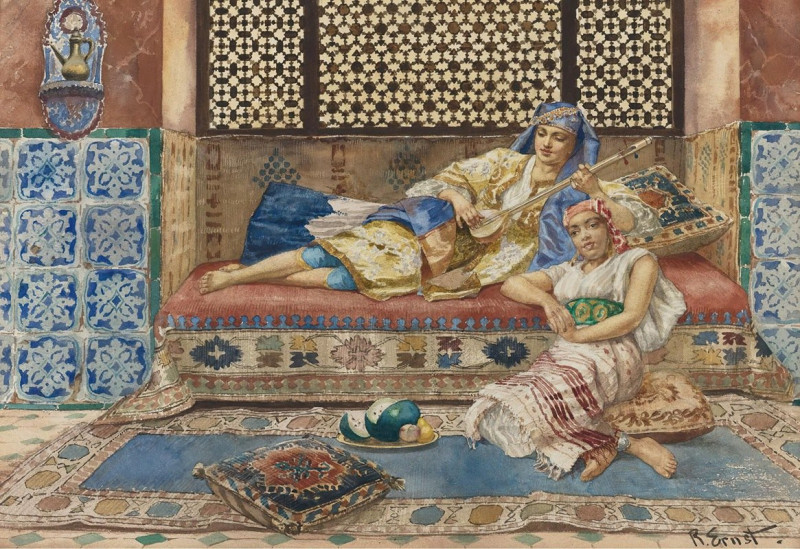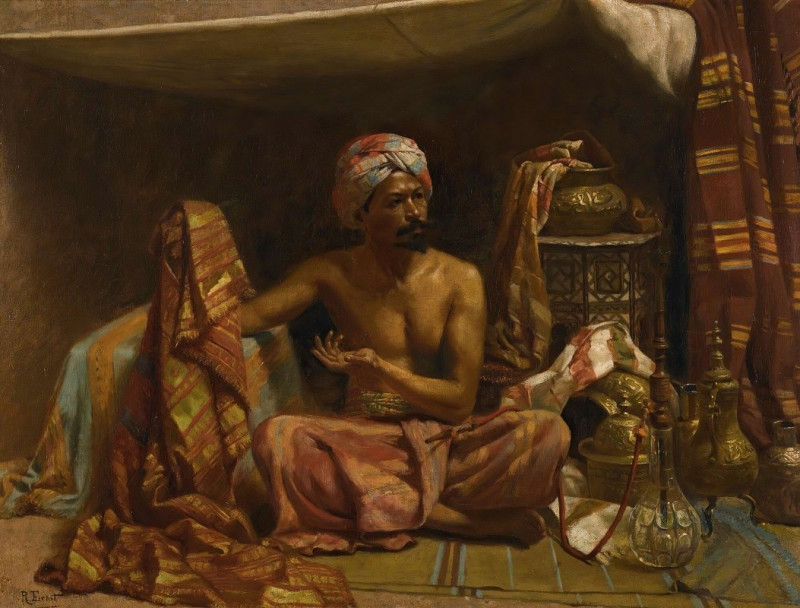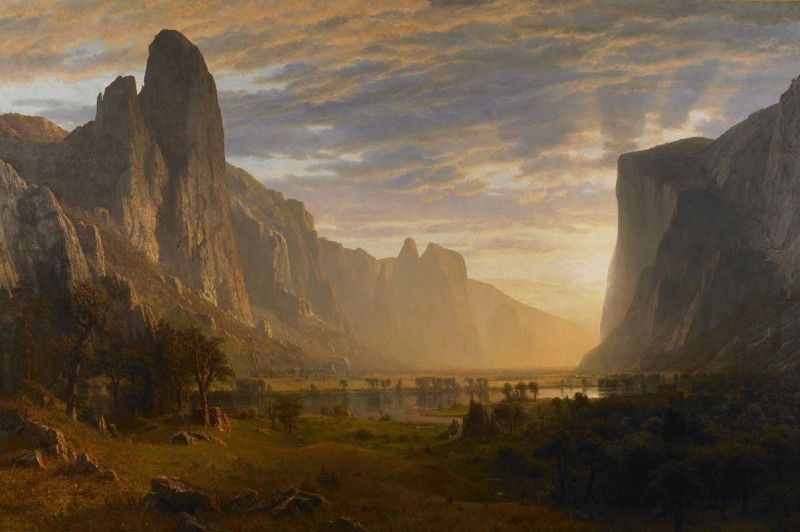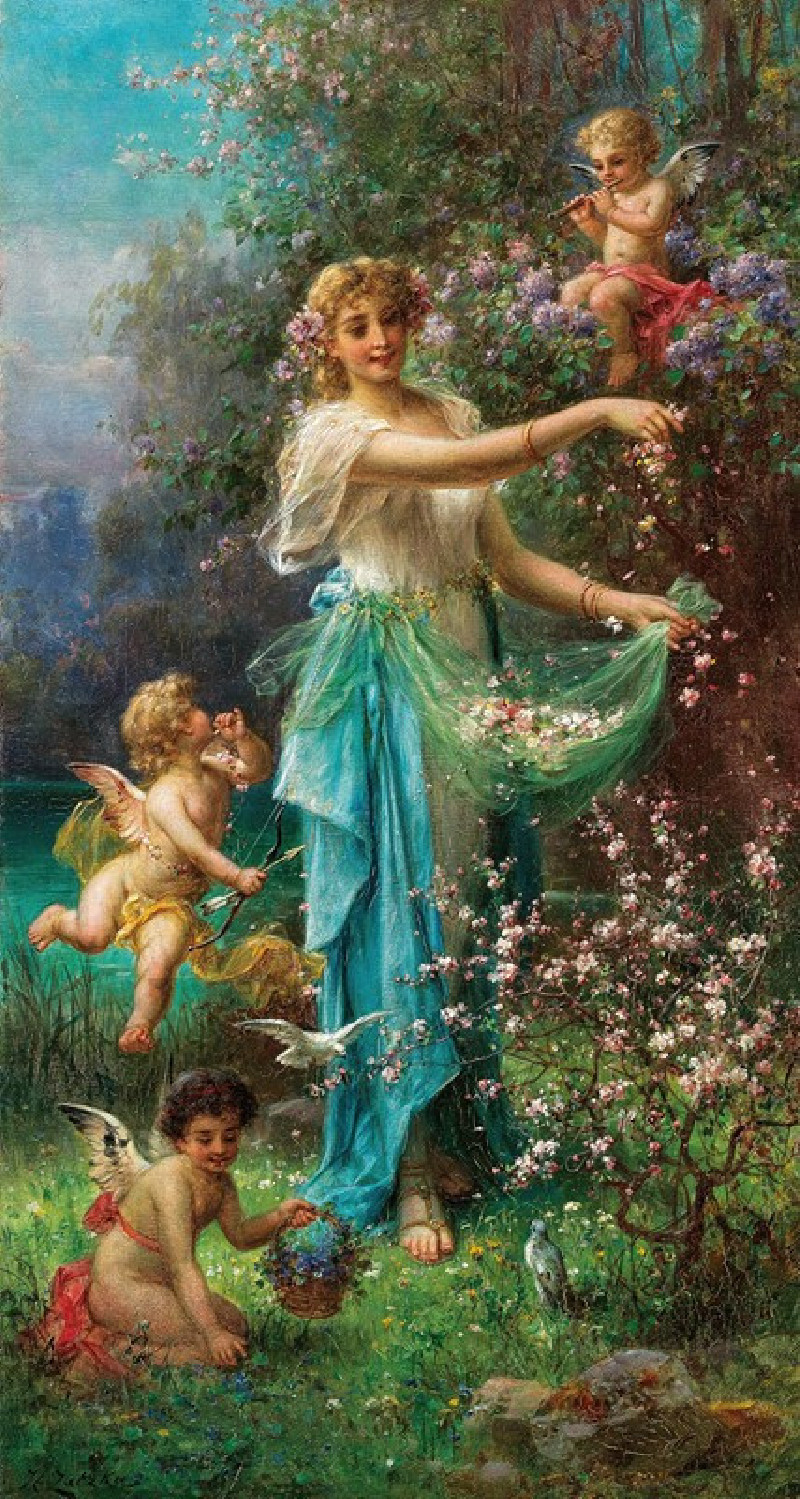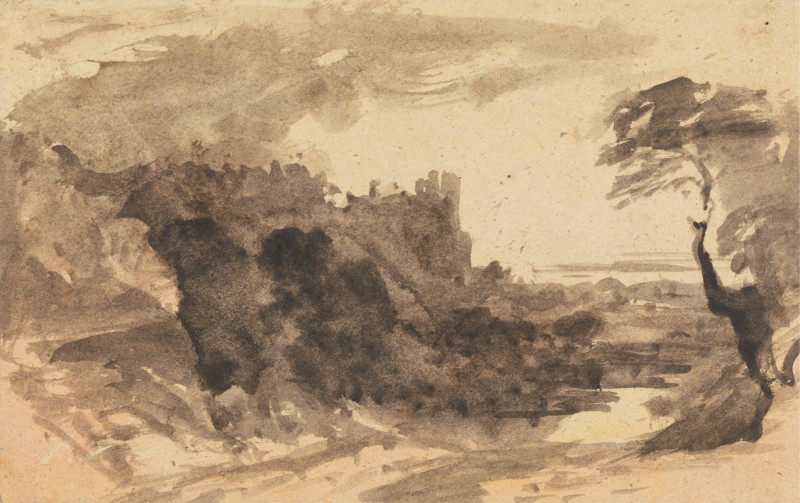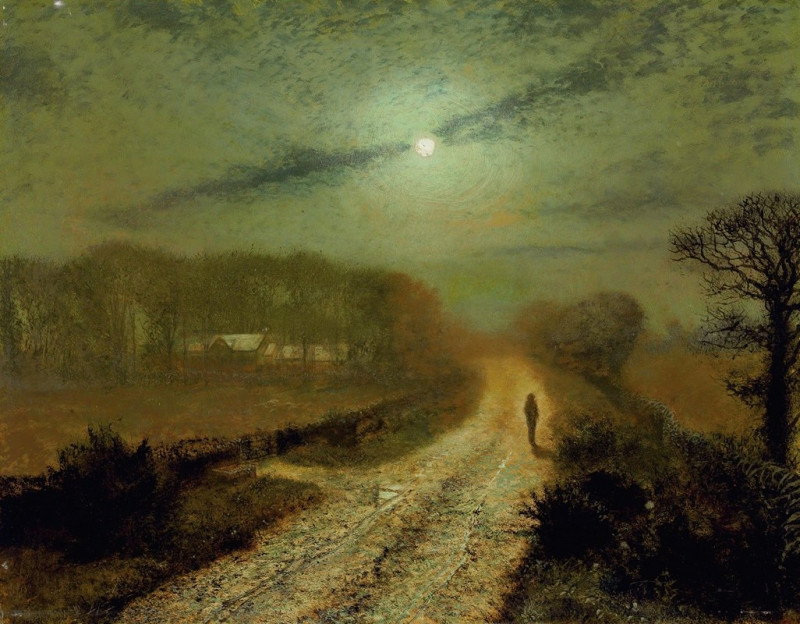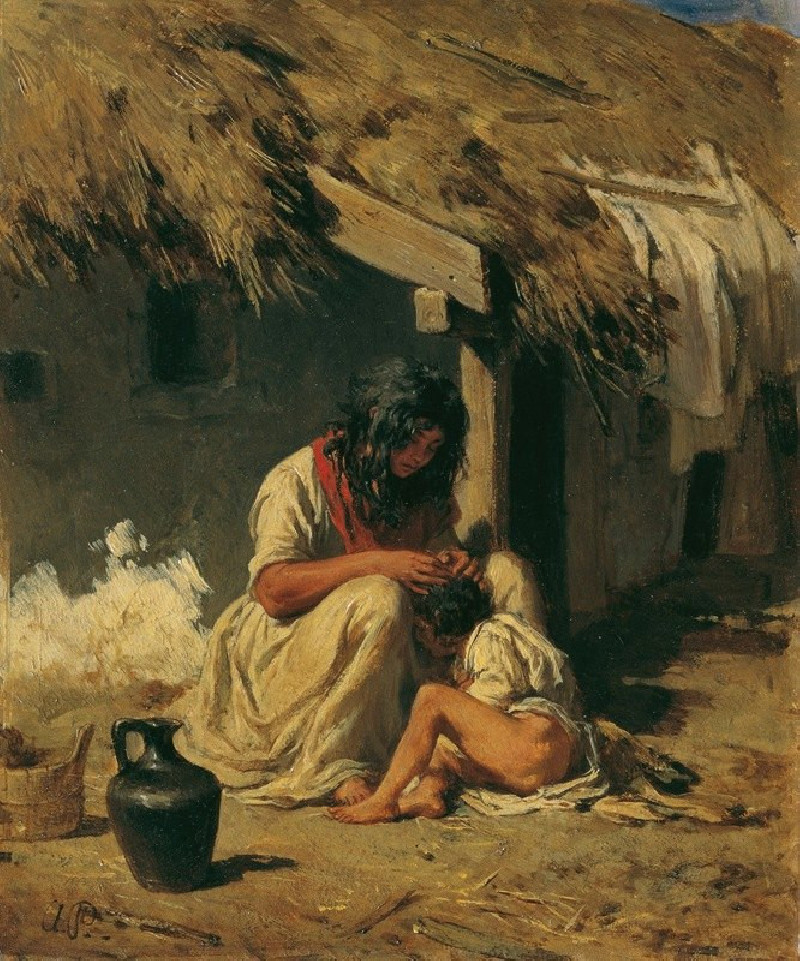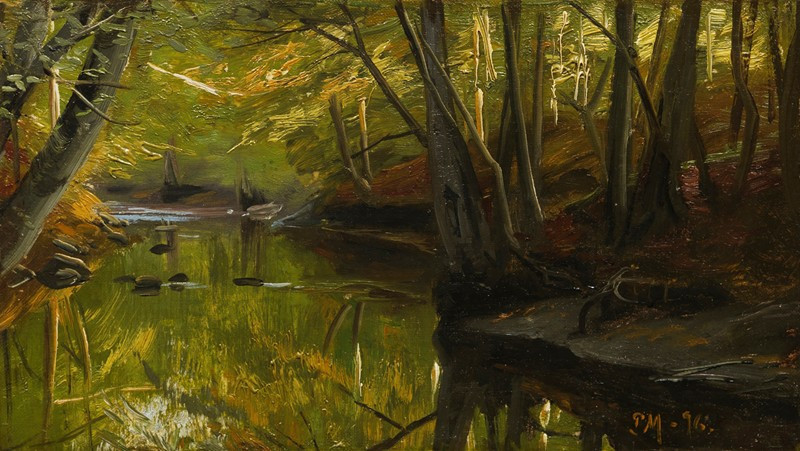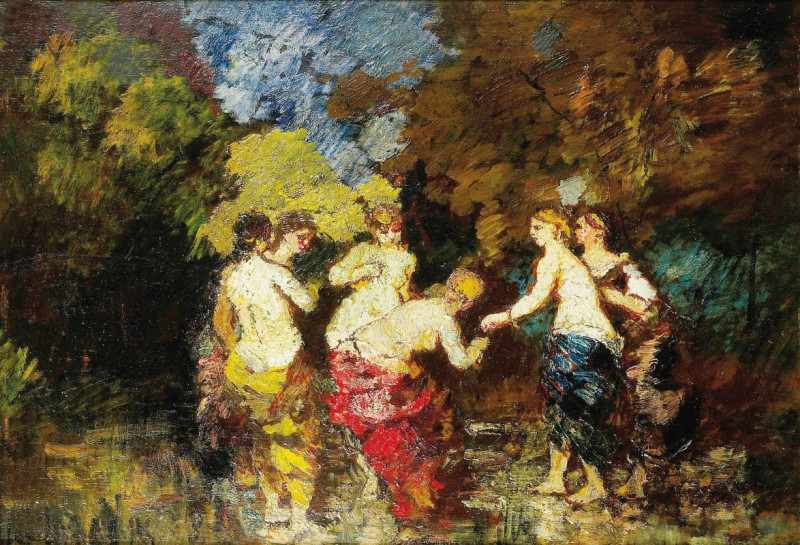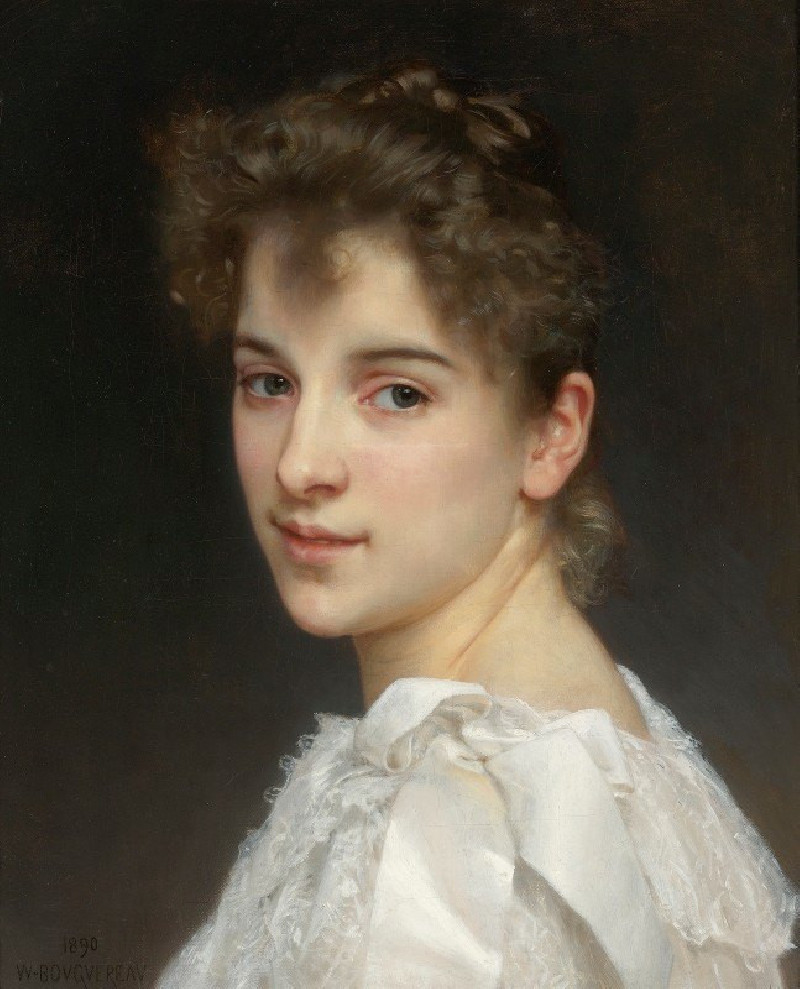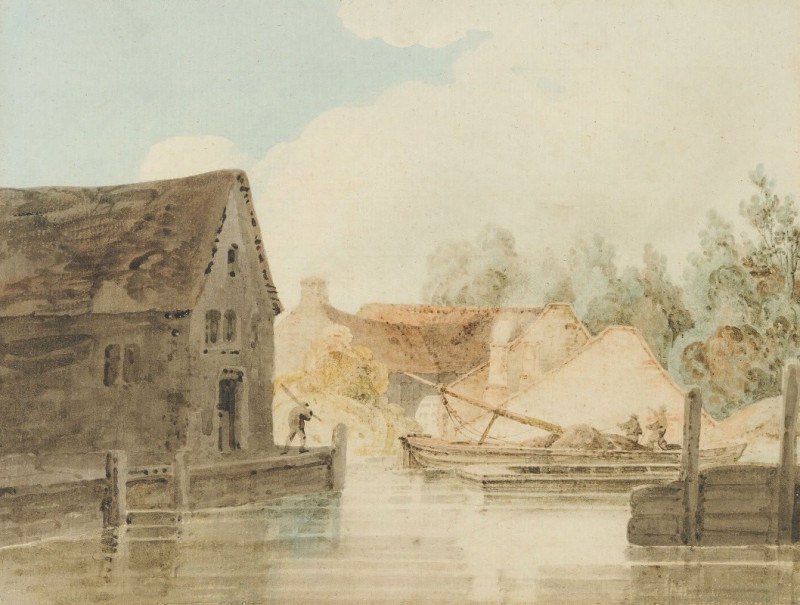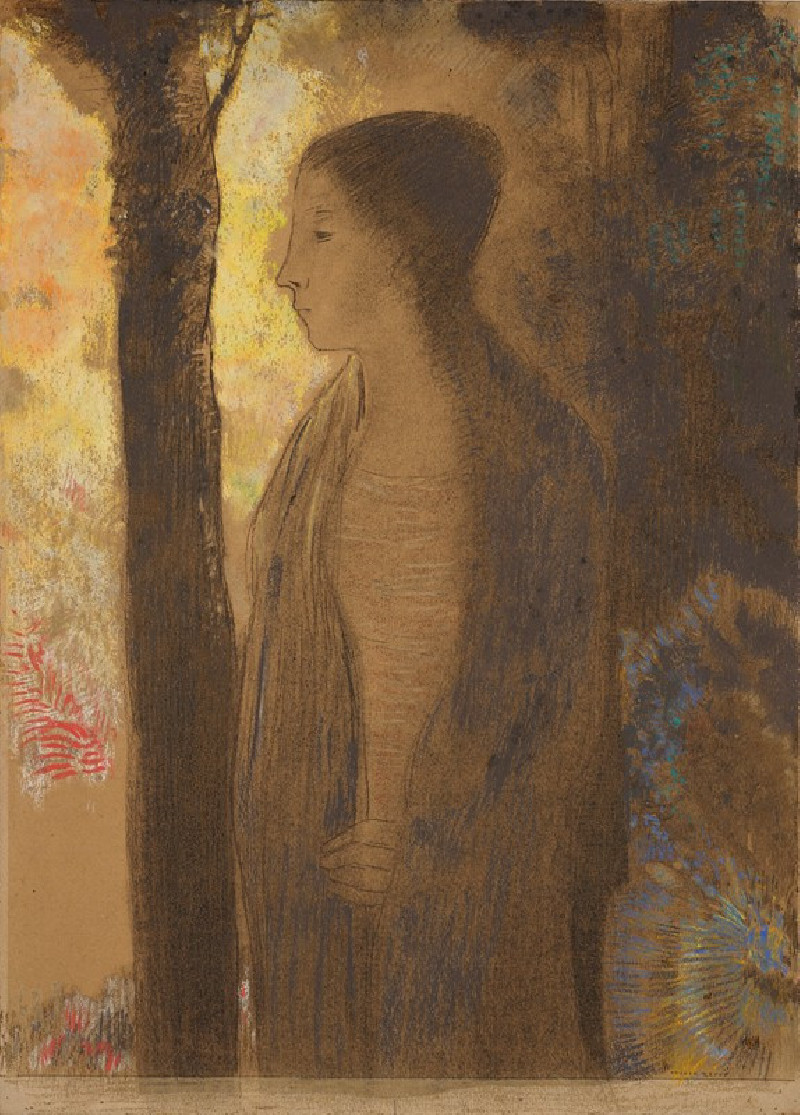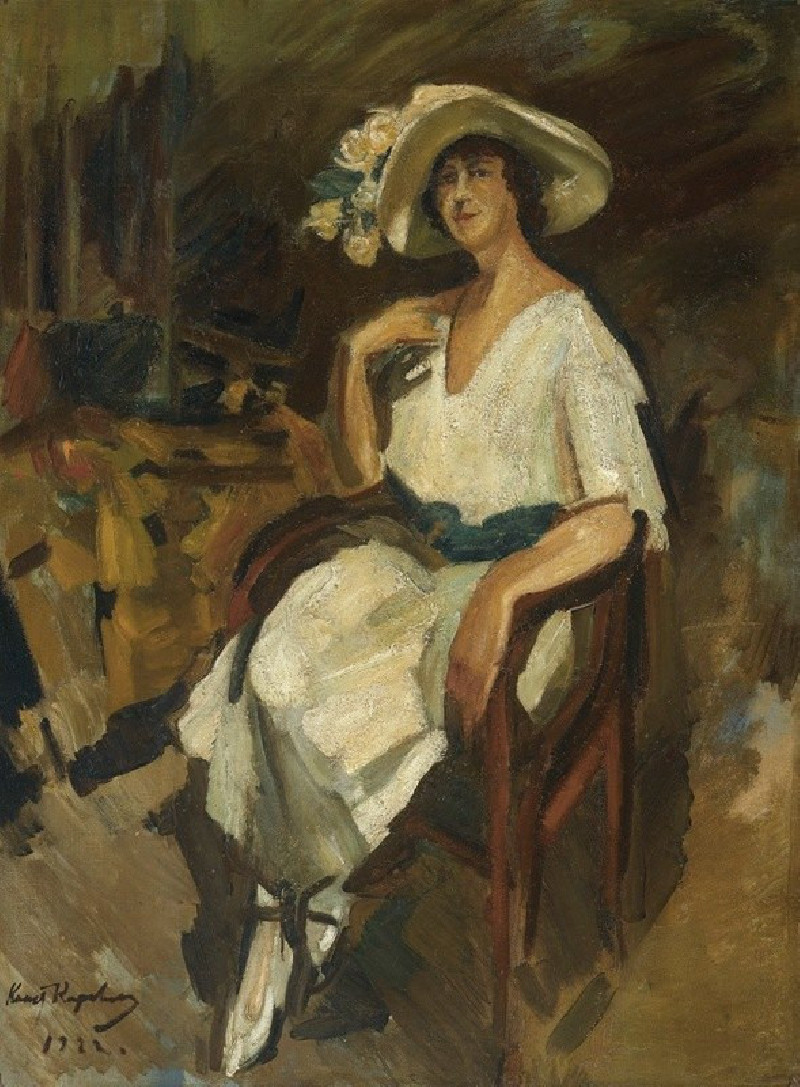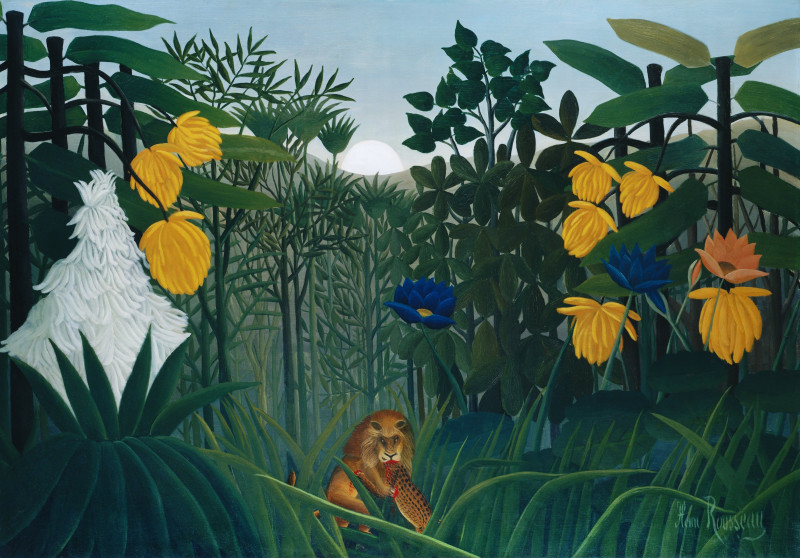The prayer
Technique: Giclée quality print
Recommended by our customers
More about this artwork
"The Prayer" by Rudolf Ernst is a captivating oil painting that expertly captures a moment of devout spiritual observance within the sumptuous surroundings of a Moorish architectural setting. In this artwork, Ernst, known for his detailed and vivid portrayal of exotic environments, provides a rich visual narrative of cultural and religious practice.The central figure in this painting is an elegantly attired man engaged in prayer, portrayed at the moment he is reading from a small, presumably holy, book. His clothing is ornate, with richly colored and patterned fabrics that reflect the traditional attire likely from areas in the Middle East or North Africa. The large prayer rug under his feet adds a layer of texture and cultural authenticity to the scene.Surrounding this solemn figure are arches and columns adorned with intricate Islamic art and calligraphy, enhancing the sacred atmosphere of the setting. The expansive hall where the man prays is dimly lit by natural light filtering in, creating dramatic contrasts and highlighting details like the gigantic, decorated metal lamp in the foreground and the detailed mosaics that grace the walls. These elements not only serve as a testament to Ernst's attention to detail and accuracy in representing Islamic architecture but also to his skill in using light and shadow to evoke a specific mood and time of day.Overall, "The Prayer" by Rudolf Ernst not only pays homage to the beauty and solemnity of religious observance but also showcases the artist's fascination with and respect for cultures different from his own.
Delivery
Returns
Rudolf Ernst was an Austro-French painter, printmaker and ceramics painter who is best known for his orientalist motifs. He exhibited in Paris under the name "Rodolphe Ernst".
He was the son of the architect Leopold Ernst and, encouraged by his father, began studies at the Academy of Fine Arts Vienna at the age of fifteen. He spent some time in Rome, copying the old masters, and continued his lessons in Vienna with August Eisenmenger and Anselm Feuerbach.

